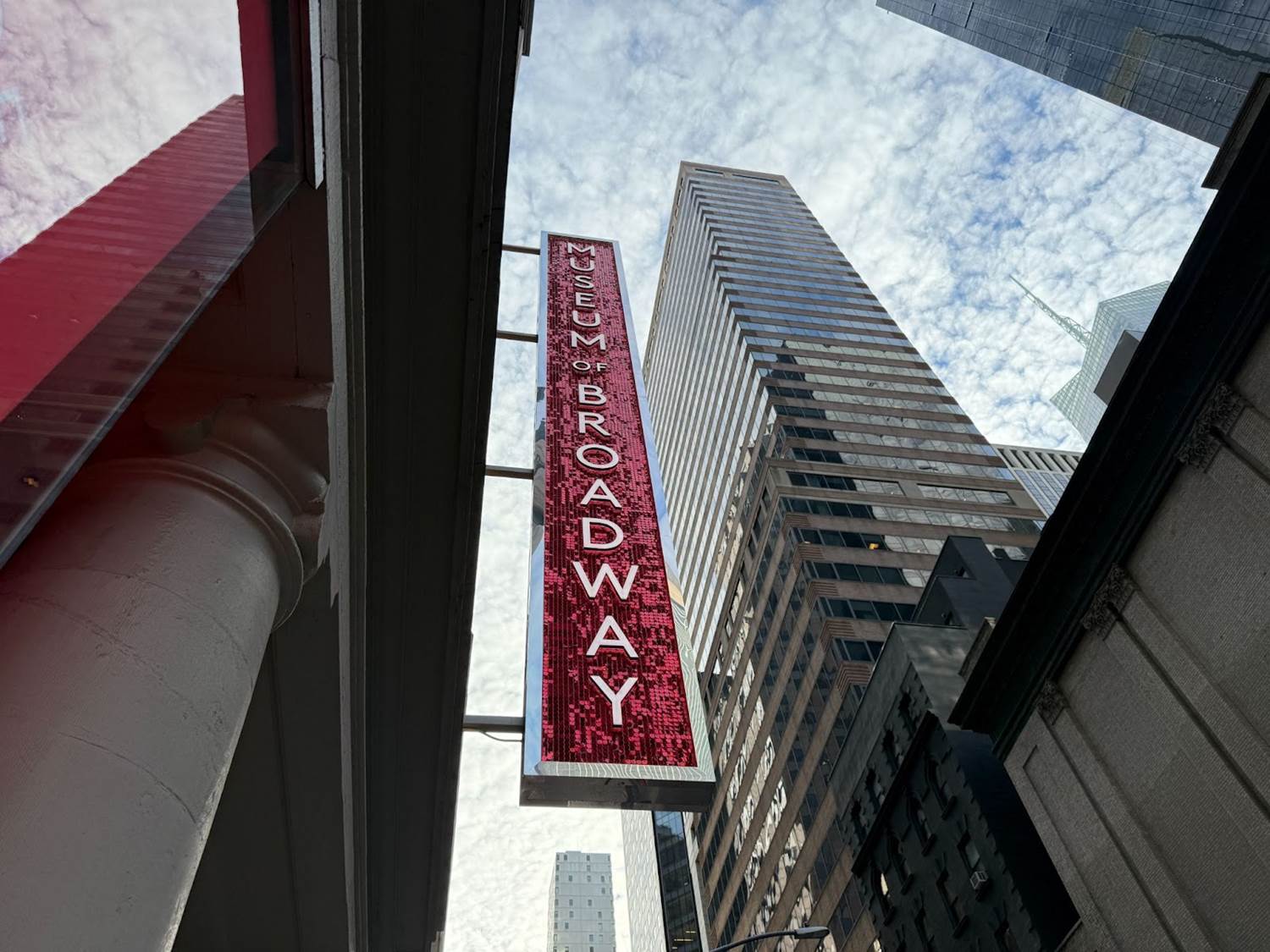Disney’s Largely Forgotten Role in Evolving New York City (and Elsewhere)
As I was in New York City for the christening of the Disney Treasure, I took the opportunity to visit the Museum of Broadway to see their temporary exhibit on the 30th anniversary of Disney Theatrical. While it was neat to see some of the Disney costumes and props, what had the biggest impact on me was something in the main exhibit. There was a lot of discussion about the crime that New York City faced in the 70s and 80s and the negative impact that it had on the success of Broadway. And then there was a plaque with the following information:
When Mayor Rudy Giuliani took office in 1994, he was able to convince Michael Eisner, then CEO of Disney, that his hopes of a Broadway theater for the corporation would find a good and family-friendly home in Times Square. Disney ultimately signed a 99-year lease on the dilapidated New Amsterdam Theatre, restoring the former home of Ziegfeld’s Follies to its full Art Nouveau glory. The famed Broadway venue was reopened in 1997 with a limited two-week engagement of the new Tim Rice and Alan Menken oratorio King David and a subsequent two-week engagement of the new animated film Hercules, which was augmented with a live stage show entitled Disney’s Magical Moments. On November 13th, following these two special events, Disney premiered its eagerly anticipated stage adaptation of The Lion King. The blockbuster production ran almost nine years at the New Amsterdam before moving to the Minskoff Theatre to make room for Mary Poppins, and later, Aladdin.
This information brought back old memories of all the positivity around Disney playing a role in cleaning up Times Square and restoring New York City’s reputation as a tourist destination. While Disney was just one of many folks who participated in this effort, it made me think about when was the last time Disney undertook a project that not only had a business impact, but a broader civil goal as well. For example, The El Capitan Theatre may not drive Disney earnings, but it has played an important role in revitalizing Hollywood Boulevard long prior to the restoration of the more famous Chinese Theatre across the street.
In many ways these were somewhat of vanity projects that Disney leadership could point to as Disney being good citizens. These private-public partnerships have long been part of Disney’s DNA going back to the Good Neighbor Policy films of the 1940s. The closest recent examples stem from the pandemic when Walt Disney World was used as the “bubble" for the NBA and MLS while Disneyland used their Toy Story Parking area as a vaccination site. But while Disney has grown, it also has slimmed down. Disney does more things than they used to, but in an effort to be more efficient, one can’t help but wonder if some of these brand building partnerships that are not core to Disney’s business are missed. I can’t imagine installing a Wurlitzter Organ at the El Cap made any sense on any spreadsheet, but it has been such a special Disney moment over the years.
Disney, like all entertainment companies, is facing unprecedented change and challenges. I understand the need to be conservative at this moment. But I hope that someday down the line, Disney will embrace its special role as the premier American showman, and find ways to spread its magic across the country and the globe. Disney gets great benefit from its special place in our culture, let’s hope they find ways to pay the culture back in unexpected places.



